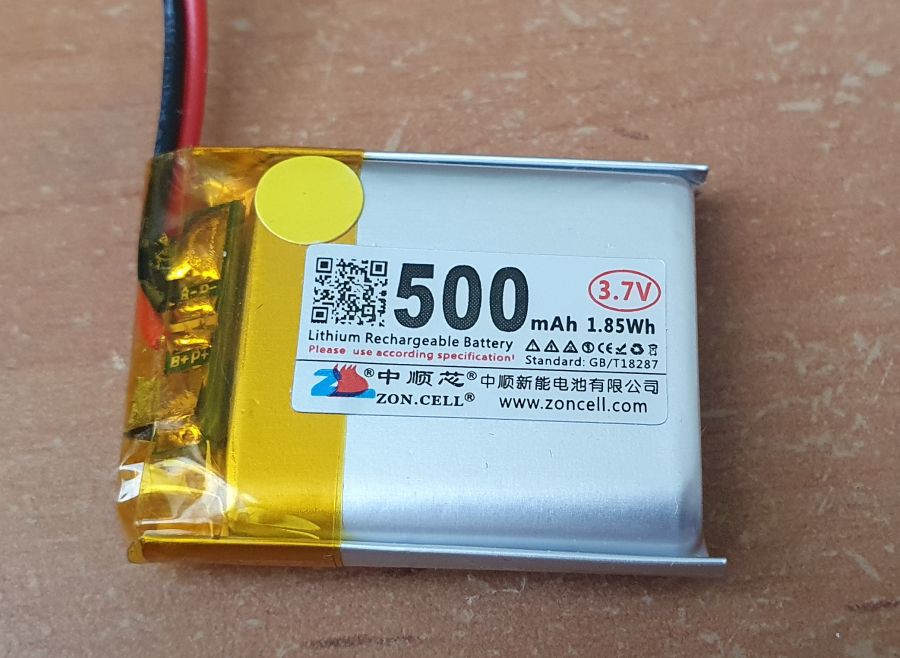Despite the longer inactivity on my project page I have been still actively working on the project. One of the issues that I've been trying to figure out is the Li-pol battery safety concern.
It's well-known that temperatures inside a car can soar, especially during the summer. Naturally, this raises concerns about whether the battery inside a sensor could overheat, leading to potential fires or explosions.
After delving into the subject, here's what I've found: Standard lithium-polymer (Li-Po) batteries typically have a temperature range of up to 60°C for discharging and up to 45°C for charging. It's not hard to imagine a car's interior exceeding these temperatures. However, even if the temperature goes above these limits, a Li-Po cell remains stable. It's only when you hit the 130-150°C range that the cell becomes thermally unstable, which could result in a thermal runaway where flaming gases are released. But, realistically, reaching such extreme temperatures inside a car is quite improbable. The manufacturer's temperature guidelines seem to be more about minimizing cell degradation than they are about safety.
Nevertheless, in the interest of maximizing safety, I looked into high-temperature batteries. Although there aren't many options on the market, I did discover that Zoncell produces high-temperature cells. These have a temperature range that extends up to 80°C for discharging (and 45°C for charging). Some might point out that 45°C as a charging limit might not be sufficient, especially since I plan to incorporate solar charging. It's worth noting that the lower charging temperature limit is primarily because of self-heating caused by the charging current. This is especially true for charging currents close to 1C or higher, where the heating effect is significant. However, based on my recent tests, solar panels can only deliver a maximum of 30mA, which is less than 0.1C. Such a low charging current won't result in substantial self-heating, so I'm confident that the true temperature limit is much closer to the 80°C discharge limit.
So I ordered a few samples of Zoncell LP602530T (datasheet enclosed in shared files) and will consider their further use in the PionEar sensor.

 Jan Říha
Jan Říha
Discussions
Become a Hackaday.io Member
Create an account to leave a comment. Already have an account? Log In.